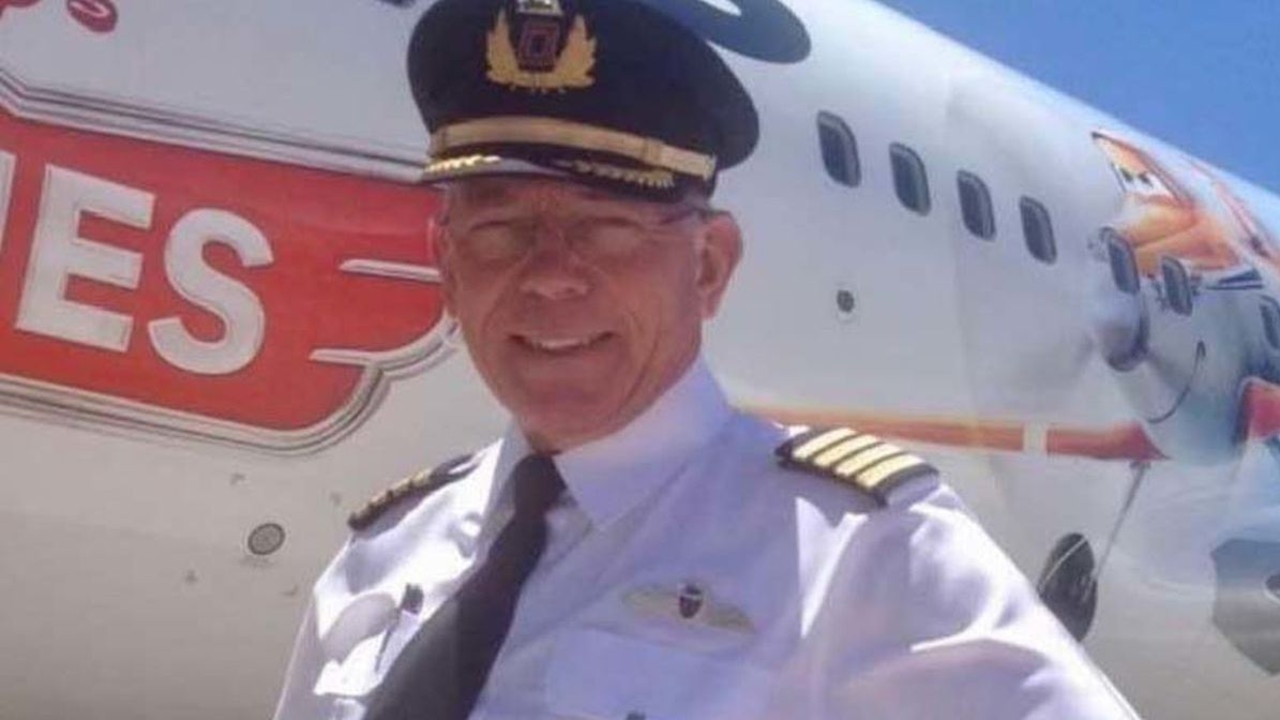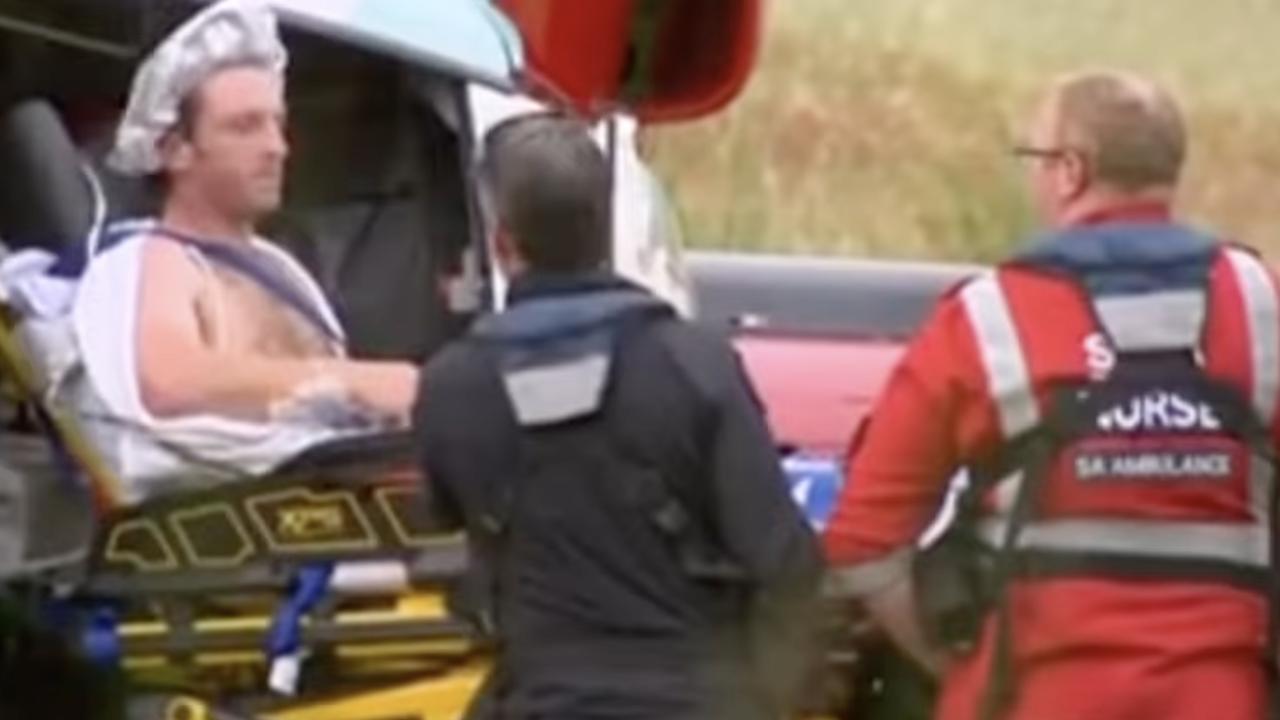Australian officer speaks out about identifying victims of the MH17 crash
One of the men given the difficult job of identifying the victims of the tragic MH17 crash has spoken about completing the harrowing task.
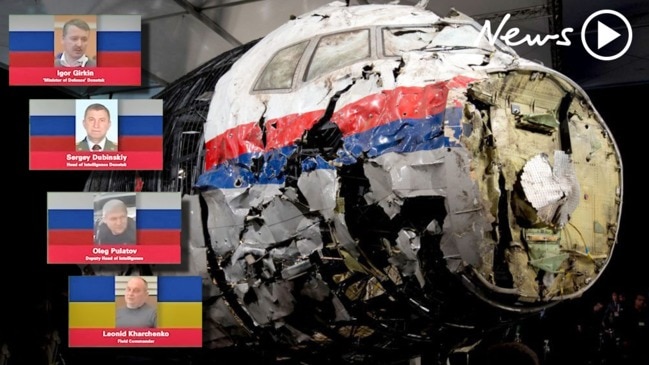
It’s been five years since the MH17 flight from Amsterdam to Kuala Lumpur was shot out of the sky in Ukraine.
All 283 passengers and 15 crew on the Malaysian Airlines flight were killed, including 38 Australians.
One of the people given the difficult task of identifying the victims and returning their remains safely to their families was station Sergeant Rod Anderson.
Sgt Anderson was the Disaster Victim Identification (DVI) commander for the Australian Federal Police and was responsible for leading the Australian team in recovering and formally identifying the victims.
He told news.com.au he remembered very clearly the morning he received the call about the MH17 crash.
“I was having coffee with mates early one morning, which I do every Friday, and we heard about the MH17 crash on the news,” Sgt Anderson said.
“I didn’t think we (the AFP) would be involved, but then I got a call from Simon Walsh, who was our chief scientist at the time, informing me that there had been Australians involved.”
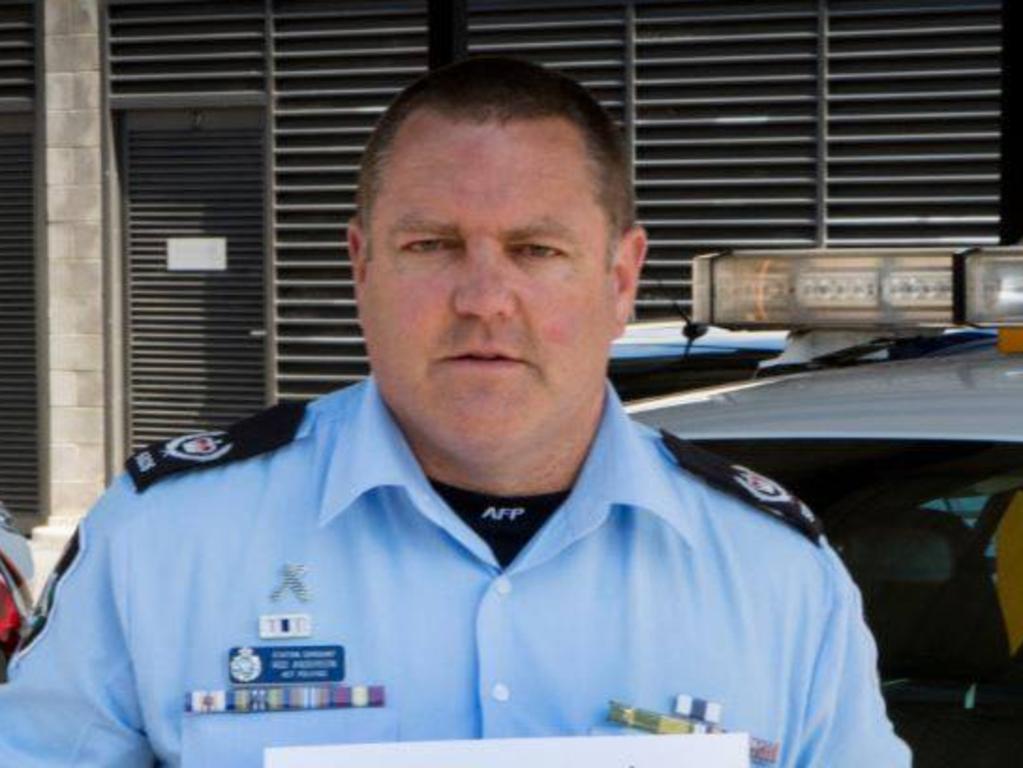
The following morning Sgt Anderson was on a plane to the Ukraine.
As soon as he and his team landed in Kiev, they realised this was going to be very different to any other situation they had dealt with, as the area where the crash occurred was controlled by Ukrainian rebels.
After getting off the plane they were told the rebels had already removed the victims’ remains and sent them via train to Kharkiv in the country’s northeast.
“It was a bit of a surprise. Normally we would get to the scene and be able to very carefully examine everything and identify the remains,” Sgt Anderson said.
“But because it happened in a very hostile environment that wasn’t the case.”
Another surprise came when Sgt Anderson was told he and his team would be going directly into the conflict area to investigate the crash site.
Despite experts facilitating communication between them and the rebels, it was still a daunting experience.
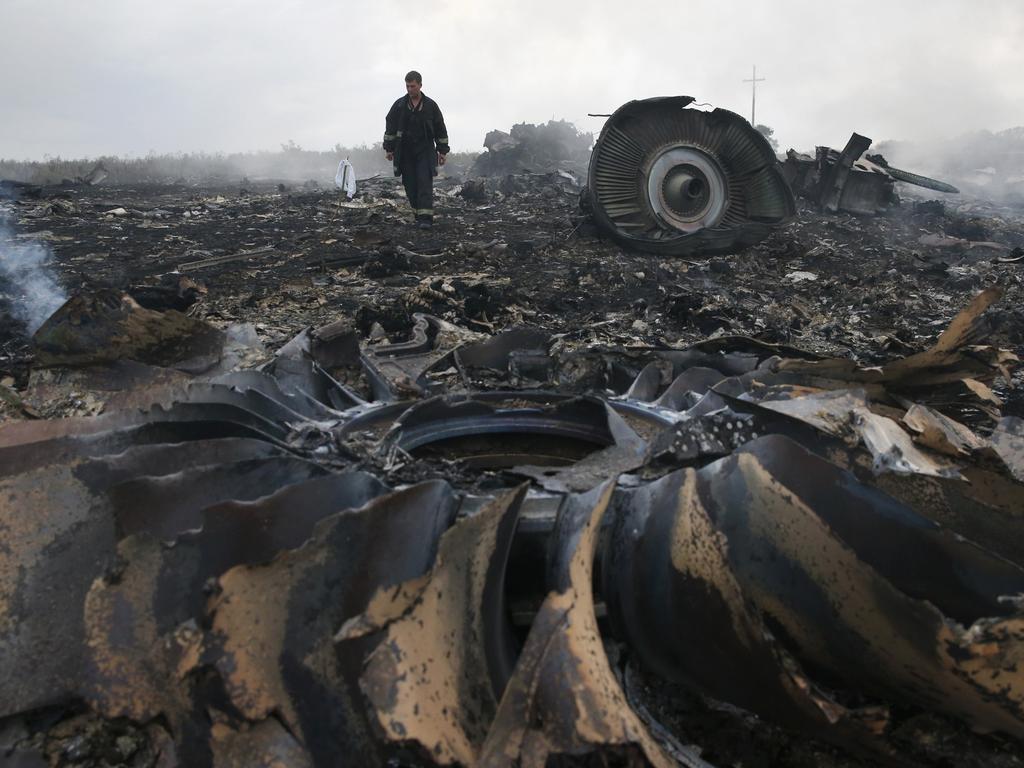
“It was safe to say we were all fairly hesitant. The safety of the members under my command was paramount to me,” Sgt Anderson said.
“You are constantly thinking, planning and considering all the risks that were involved.”
Sgt Anderson was in the Ukraine for six weeks, collecting human remains and identifying bodies. It is a tough job that can take a huge mental toll, but Sgt Anderson said thinking about the victims’ families motivated him to keep going.
“I put myself in the position of the families and what they would want. I am sure they would want us to show the highest levels of dignity and respect to their loved ones and do the most thorough job we could,” he said.
“I would want to know, particularly when things happen overseas, that there are fellow Australians there overseeing what was occurring.”
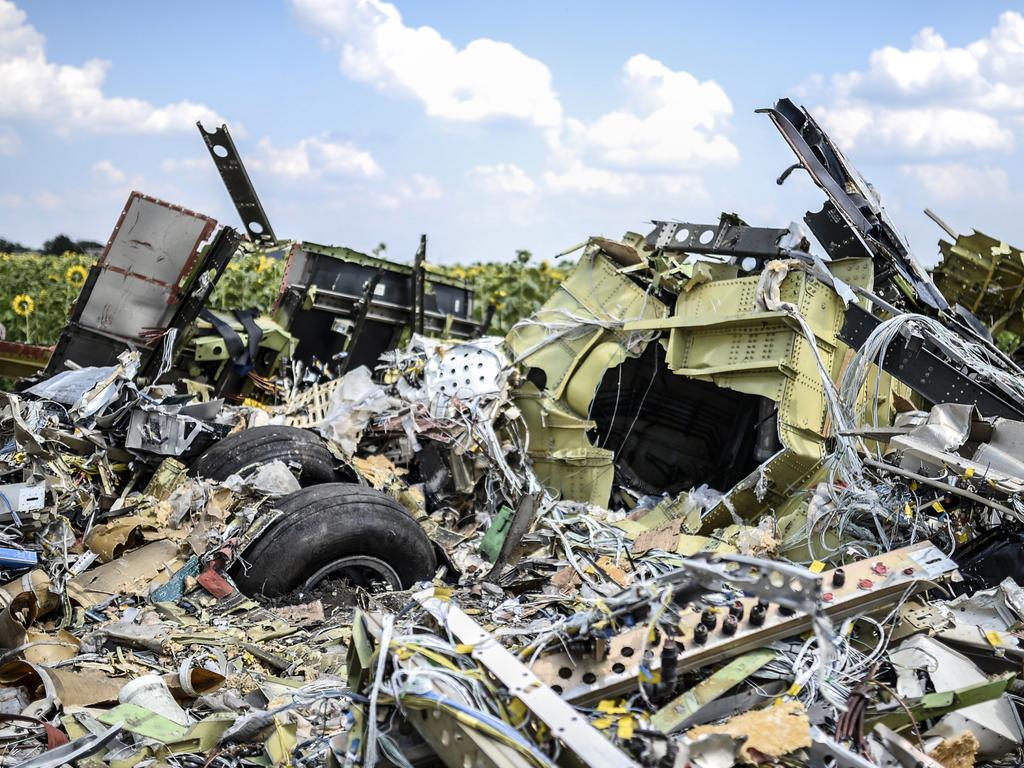
Five years on from the 2014 disaster and four suspects have recently been charged with murder.
The suspects were named as Igor Girkin, a former colonel of the Russian Federal Security Service; Sergey Dubinsky and Oleg Pulatov, who worked for the Russian Military Intelligence Service; and Leonid Kharchenko, a Ukrainian former commander.
All four were officials in the pro-Russian Donetsk People’s Republic, which is fighting for independence from Ukraine.
They have been charged with causing the MH17 crash.
The trial in the Netherlands will begin on March 9, 2020, but there are doubts the four will attend to answer the charges.


